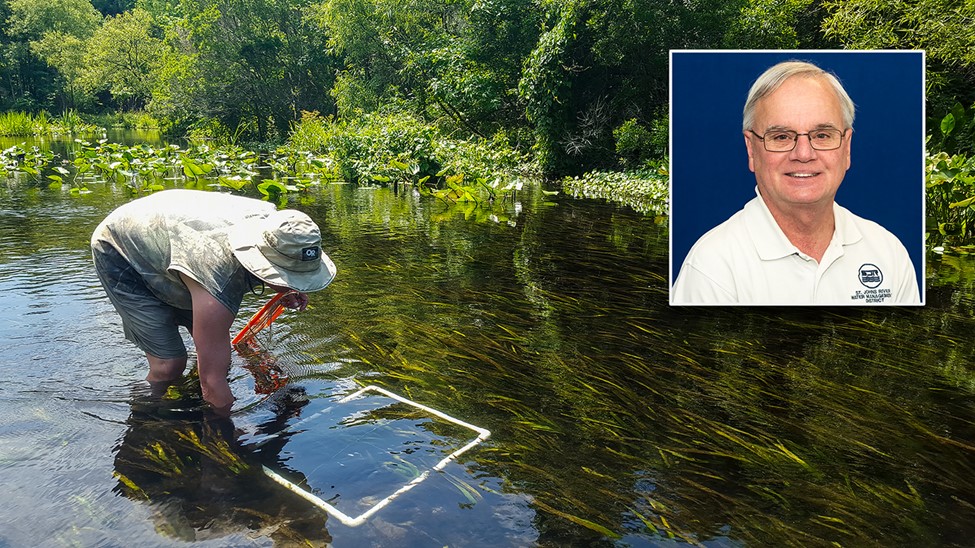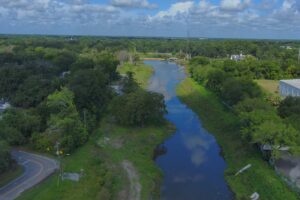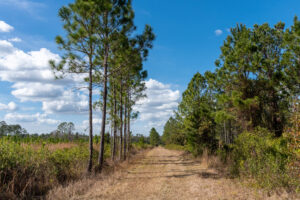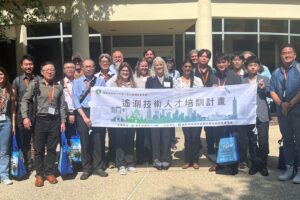One scientist’s work helps protect a river and expand the science to benefit other Florida waterways
Jan. 6, 2022
The Wekiva River is the third largest tributary of the St. Johns River, with much of the water flowing through it coming from groundwater discharge from numerous springs that feed into this central Florida river. My work to help protect and manage water resources has focused on this water body for much of my career with the St. Johns River Water Management District.
When I was hired in 2005, the first major project I was assigned was to develop a Pollutant Load Reduction Goal (PLRG) for the Wekiva River system. This was a mandate to the District under the Wekiva Parkway and Protection Act of 2004. Passed by the Florida Legislature, the act enabled construction of an expressway through the Wekiva basin while providing protection for the river. The PLRG formed the basis for additional water quality protection efforts in the river.
For decades, a great deal of focus has been on conservation of the Wekiva River due to the human population growth and urbanization in the greater Orlando area. The river and adjacent large areas of public land have always been an immensely popular recreational resource in central Florida for hiking, swimming, paddling, and other outdoor pursuits.
Learn more about the partnership to protect the Wekiva River system and hear from District Senior Environmental Scientist Rob Mattson.
As another part of my work, in 2009 I initiated annual surveys to monitor coverage of submerged aquatic vegetation (SAV) in the river and one of its major tributaries, Rock Springs Run. SAV is an important river habitat that provides food and shelter for wildlife and is a key indicator of stream health. Currently, I am working with Florida Department of Environmental Protection (DEP) staff to implement additional monitoring of SAV communities in the springs of the Wekiva River system under DEP’s Basin Management Action Plan to protect and restore water quality in the river. This monitoring will ensure protection efforts are working as designed.
Other protections were put in place when the U.S. Congress designated the Wekiva River a National Wild and Scenic River in 2000, making it only the second river in Florida with this designation. The designation is conferred to rivers with “outstandingly remarkable” scenic, recreational or other characteristics that merit protection, with the Wild and Scenic River Program administered by the National Park Service. The Wekiva Wild and Scenic River is a “partnership river,” meaning the primary managers are the local governments and non-governmental organizations, with the National Park Service providing financial and administrative support. District Intergovernmental Coordinator Susan Davis and I serve on the Wild and Scenic River Management Committee, offering the District’s assistance, including my work with the River Ambassador to implement a Dragonfly Mercury Project (a citizen science project in the river system) and helping with the update of the river’s Comprehensive Management Plan.
Everything we learn in monitoring the Wekiva River not only benefits its protection but builds on the body of science necessary to protect the other waterways throughout our state. The Wekiva River will always be special to me because of the opportunities the District has given me to be involved with its protection.






